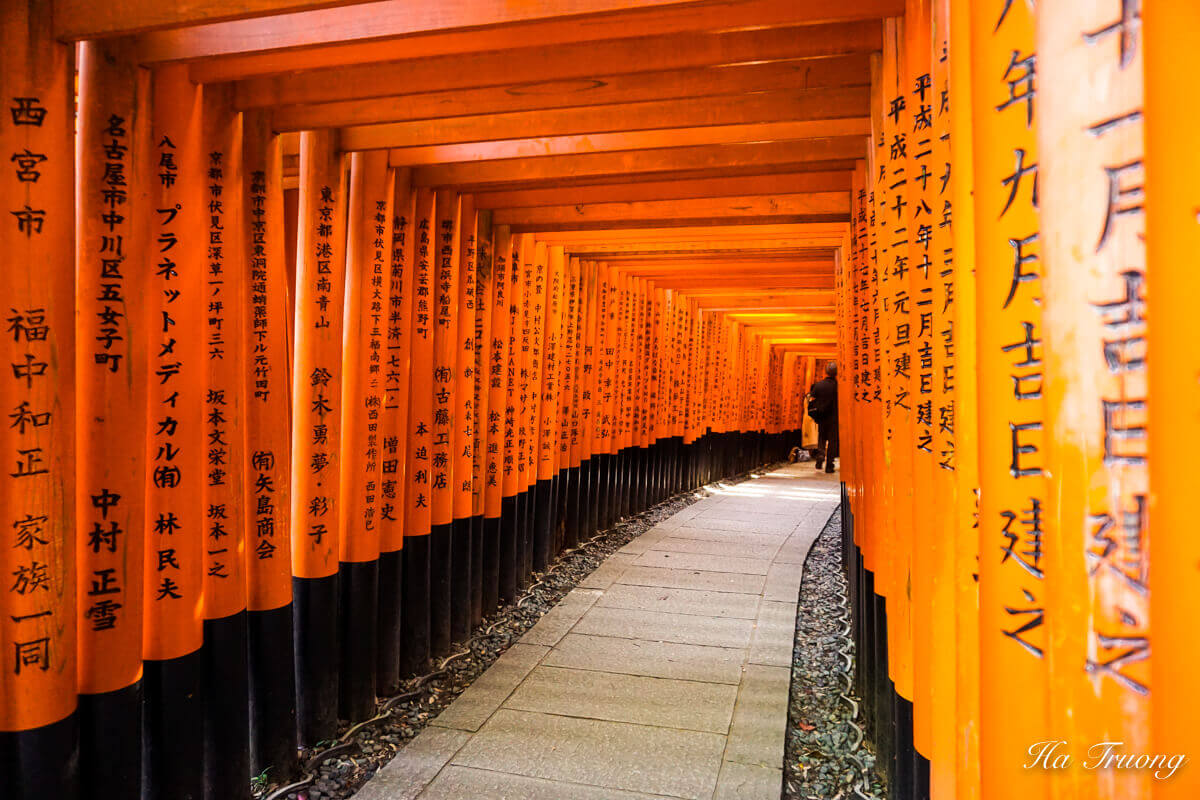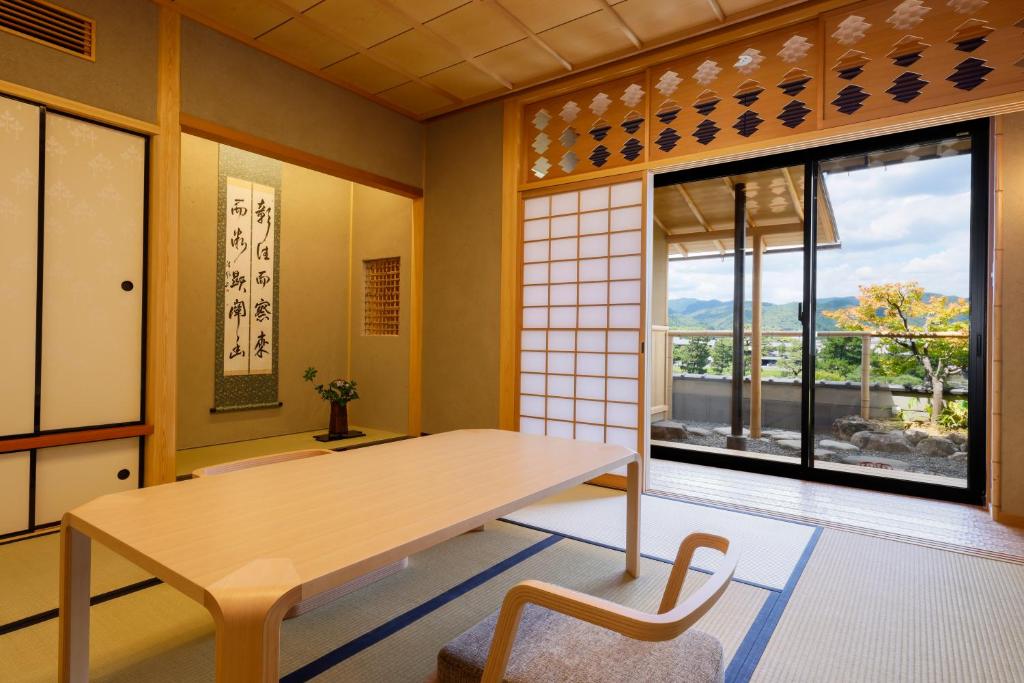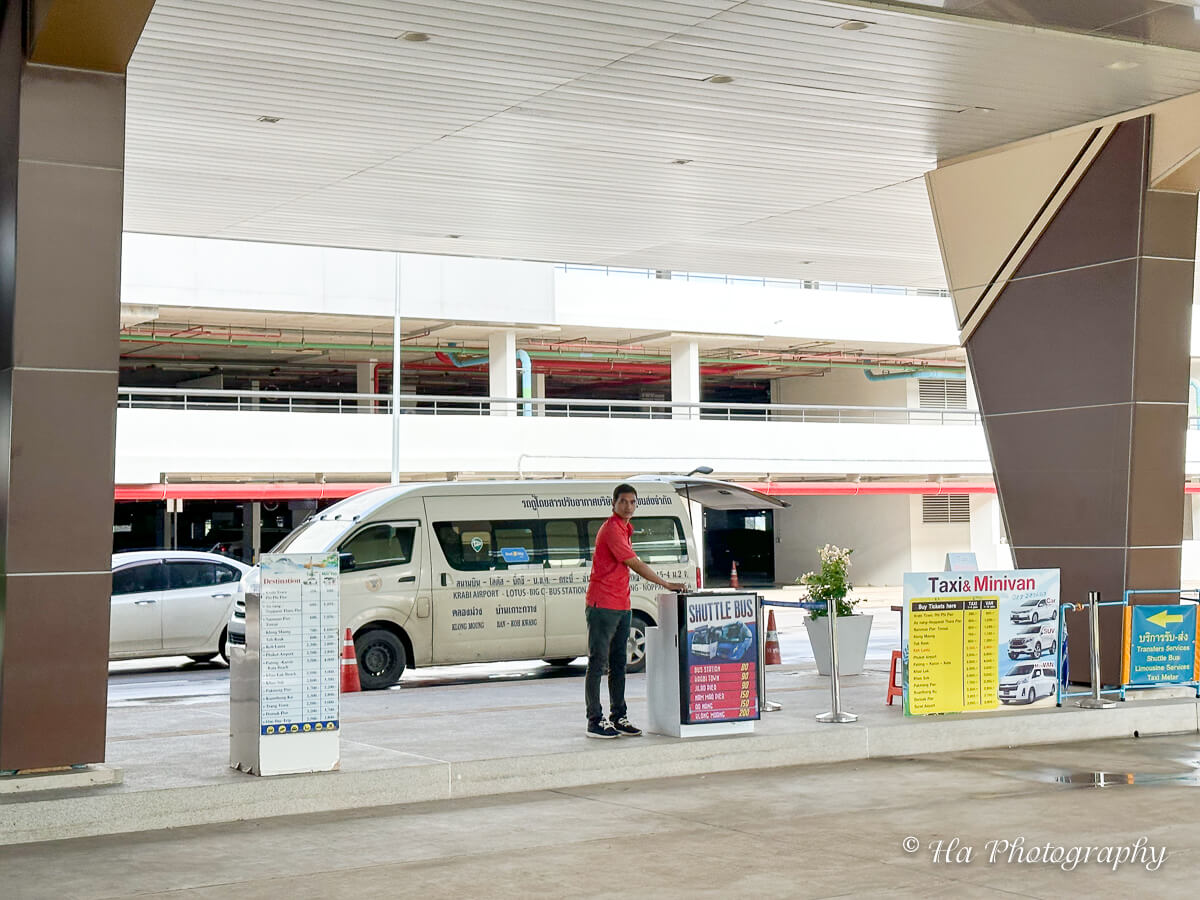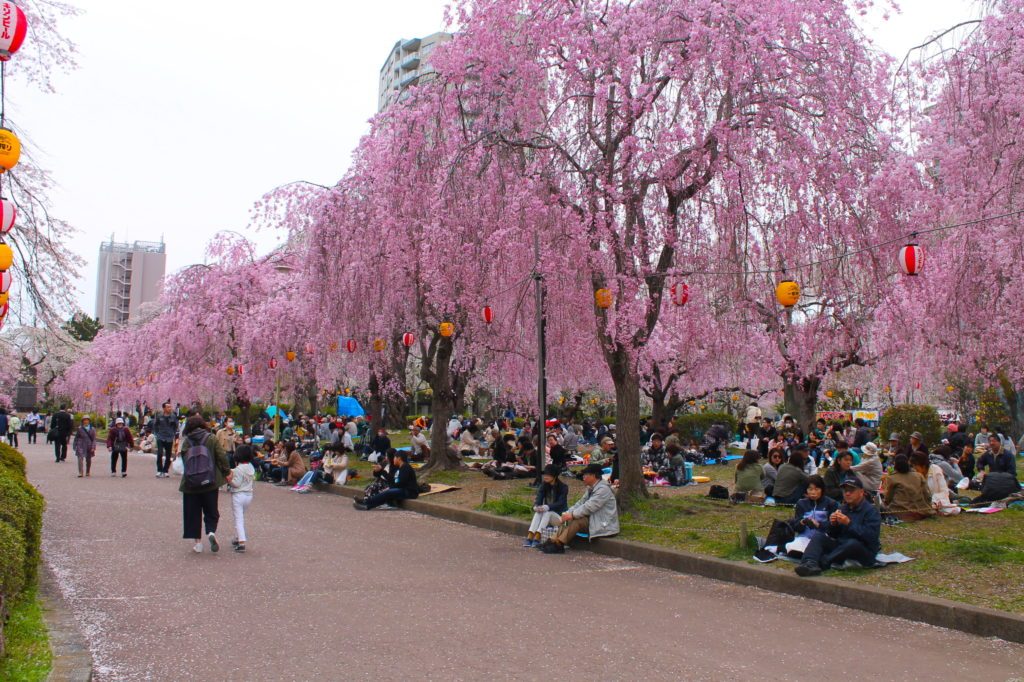Fushimi Inari Shrine: Thousand Torii Gates of Kyoto Japan
Do you know that Kyoto, the ancient capital of Japan, is home to 2000 temples and shrines? Fushimi Inari Shrine is one of the most famous attractions in this region, thanks to its iconic Torii gate path.
This article is a handy travel guide to Fushimi Inari Shrine, including tips on getting there, things to see, and more.
About Fushimi Inari Taisha
Fushimi Inari Taisha is a famous temple in Kyoto with a long history. The shrine was built in 711 during the Nara period.
Initially, the temple was located in Inariyama Hill southwest of the ancient capital of Kyoto, but later moved to the cedar forest at the foot of Inari Mountain and is located there until now.

The temple’s main hall was rebuilt in 1499 and is now recognized as an important cultural heritage of Japan.
The total area of this site is 870,000 sq meters. The area is hidden under the canopy of the cedar forest, creating a beautiful and very artistic atmosphere.
General information
- Address: 68 Fukakusa, Yabunouchicho, Fushimi, Kyoto.
- Opening hours: The shrine is also open at night, allowing visitors to visit at any time of the day.
- Free admission

How to get to Fushimi Inari Shrine?
The closest station to Fushimi Inari is Inari station. From there, it takes about 1 minute to walk to the shrine.
Tips: You should purchase Japan Rail Pass on your trip to Kyoto.

Things to see and do in Fushimi Inari Shrine
The shrine
From the station, I followed the direction and walked to the Fushimi Inari shrine.
As soon as I stepped through the gate, the shrine’s simplicity, open space, and beauty brought a sense of relief and relaxation, in contrast to the bustling atmosphere outside.

The fox statues
Although Fushimi Inari is known for its many Torii gates, another shrine symbol is countless fox statues.
Fushimi Inari Taisha Temple is a fox temple, so you can see the fox statue almost anywhere in the temple.
Fox is considered a messenger of Inari, and the statues here often hold a key in their mouth. The key is believed to open the store of rice or pearls, symbolizing the god’s soul.
The Torii tunnel
When mentioning Fushimi Inari Taisha, people will think about the Zenbon Torii tunnel with endless vermillion Torii gates.
Every year, many visitors come here to pray for prosperity, business and to make wishes. To express their attitudes, they bring many Torii gates to the shrine.
Currently, the number of Torii gates has reached about 10,000.

The sacred meaning of Torii gates
According to Shinto beliefs, the Torii gate is considered a gateway to the world of the gods. It helps the transition between the mortal world and the sacred realms.
In addition, red is the color of the sun, symbolizing absolute power, eternity, and goodness.


Moreover, these gates are not just for decoration. If you pay close attention, you will see that the back of each gate is engraved with each person’s name, who offered the Torii gate.


The cards
Visiting this shrine, you can find a card called Ema, then write prayers on a prayer card and hang up. You can buy these cards in the temple.

The food
You can find some traditional Japanese food on your trip to Fushimi Inari Shrine.








